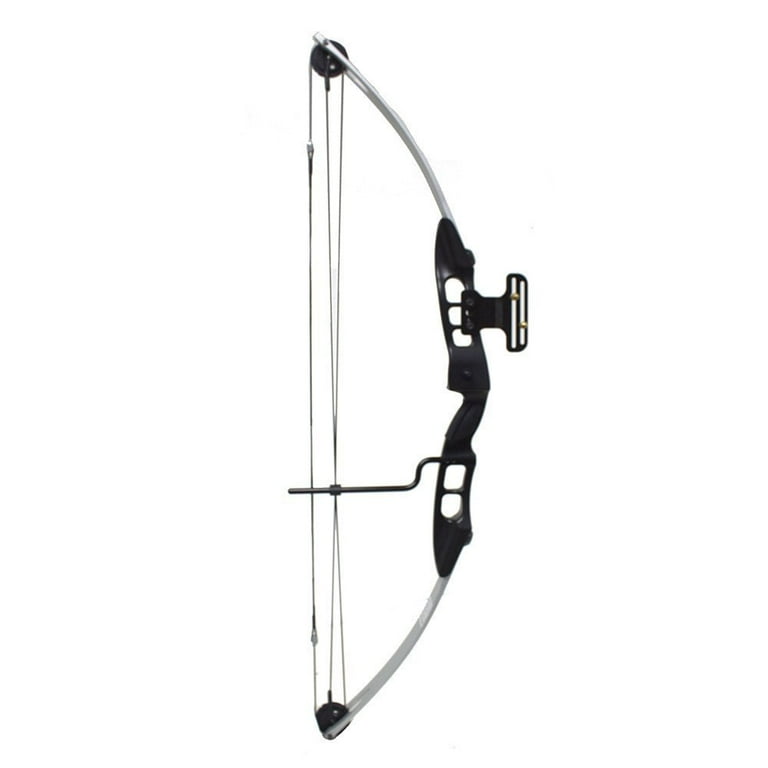Release Your Complete Possible with the most up to date Bow Stabilizer Innovations
Release Your Complete Possible with the most up to date Bow Stabilizer Innovations
Blog Article
Optimize Your Archery Accuracy With These Bow Stabilizer Methods
One essential aspect that can dramatically influence your efficiency is the correct application of bow stabilizers. Whether you are a skilled archer looking to improve your abilities or a novice anxious to improve your precision, understanding these bow stabilizer strategies can be the trick to hitting your mark with exceptional uniformity.
Benefits of Using Bow Stabilizers
Utilizing bow stabilizers can considerably boost an archer's precision and overall performance by decreasing bow torque and resonance. In addition, bow stabilizers wet vibration, which not only enhances the comfort of shooting but additionally stops the bow from jumping upon release, hence aiding in keeping proper objective.
Furthermore, bow stabilizers can help in holding the bow steady, particularly throughout gusty problems or when shooting from longer ranges. The included weight at the front of the bow provides stability and equilibrium, permitting the archer to concentrate on aiming without the disturbance of bow movement. Generally, the advantages of making use of bow stabilizers extend beyond simply precision, boosting the archer's experience and performance in different shooting situations.
Picking the Right Bow Stabilizer
Selecting the suitable bow stabilizer is vital for optimizing your archery devices and enhancing shooting efficiency. When picking a bow stabilizer, there are a number of aspects to consider to ensure you locate the right fit for your requirements. Think about the weight of the stabilizer. Much heavier stabilizers can help in reducing bow torque and soak up more vibration, bring about a steadier aim. Lighter stabilizers use even more ability to move, which can be beneficial in certain shooting situations.

Lastly, consider the layout of the stabilizer. Some stabilizers include adjustable weights or dampeners that permit you to personalize the balance and feel of your bow. Eventually, picking the ideal bow stabilizer entails locating an equilibrium in between weight, material, layout, and size to boost your capturing accuracy and overall efficiency.
Proper Setup Strategies
To guarantee ideal efficiency and safety and security in archery, mastering proper setup methods for your bow stabilizer is essential. The primary step in setting up a bow stabilizer is to recognize the proper positioning on your bow. Most stabilizers are affixed to the front of the riser, below the hold, to assist counterbalance the weight of accessories such as quivers and views. Make certain that the stabilizer is not conflicting with various other parts or hindering your shooting form.
Following, firmly connect the stabilizer to the bow making use of the ideal placing equipment. It is essential to tighten the stabilizer comfortably to protect against any wobbling during shots. Some stabilizers include adjustable weights that can be added or eliminated to adjust the equilibrium of your bow. Experiment with different weight setups to locate the optimal balance that suits your shooting design.

Changing Stabilizer Weight and Size
After ensuring the proper installation of your bow stabilizer, the next step includes readjusting the weight and length to optimize its performance in enhancing archery accuracy. The weight of the stabilizer plays a critical role in decreasing bow motion during the shot cycle.
When it involves stabilizer size, finding the right equilibrium is key. A longer stabilizer can supply better stability by increasing the distance in between the bow and the weight at the end of the stabilizer. This included distance enhances the maintaining result, specifically in windy conditions or when contending longer ranges. On the other hand, a shorter stabilizer offers more ability to move and may be preferred by archers that value dexterity and quick activities throughout shooting.
Advanced Stabilizer Tuning Tips
Accomplishing optimal bow stability and accuracy in archery demands a nuanced strategy to advanced stabilizer adjusting. Advanced stabilizer adjusting includes fine-tuning various elements to enhance the bow's balance, reduce vibration, and boost general precision.
Another critical element of innovative stabilizer tuning is optimizing the damping homes of pop over to this site the stabilizer system. This can be attained by incorporating extra wetting devices such as rubber dampeners or harmonic stabilizers to further minimize resonance and noise. Exploring different products for the stabilizer construction, such as carbon fiber Source or light weight aluminum, can also influence the bow's performance by changing its weight circulation and tightness. By diligently adjust these advanced stabilizer components, archers can optimize their accuracy and uniformity on the variety or in competitors.
Verdict
In final thought, maximizing archery precision can be accomplished through the proper option, installation, and adjustment of bow stabilizers. Overall, including bow stabilizers right into archery method can lead to improved efficiency and enhanced precision.
Utilizing bow stabilizers can significantly enhance an archer's precision and total performance by decreasing bow torque and resonance. Longer stabilizers provide higher stability and equilibrium, specifically for long-distance capturing, while shorter stabilizers supply even more convenience and are much easier to maneuver in limited areas (bow stabilizer). Carbon fiber stabilizers are durable and light-weight, while aluminum stabilizers are robust and give exceptional resonance dampening
A longer stabilizer can supply higher stability by enhancing the distance in between the bow and the weight at the end of the stabilizer.Another vital aspect of advanced stabilizer tuning is enhancing the damping visit site homes of the stabilizer system.
Report this page